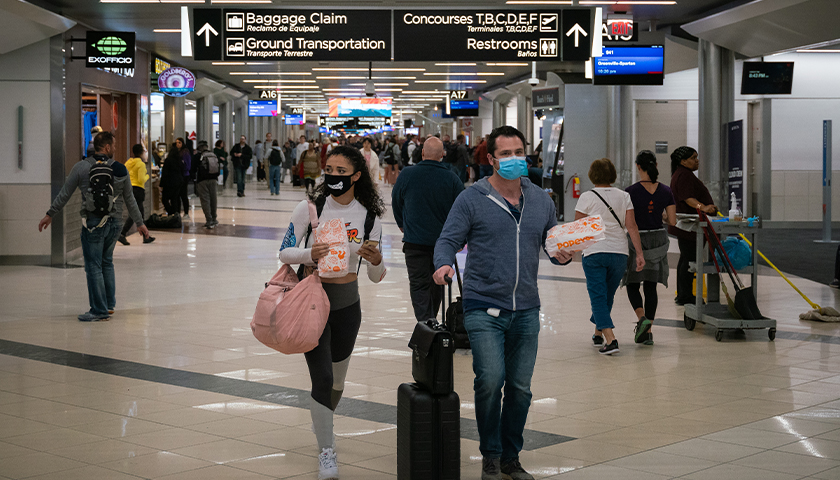by Ambassador Callista L. Gingrich, Gingrich 360
There are few countries in the world that attract as many international tourists as Italy. From the magnificence of the Vatican, to the history of Rome, to the beauty of the Amalfi Coast, Italy draws visitors from around the world to experience its rich culture, antiquity, and, of course, its remarkable cuisine.
In 2019, tourism accounted for 14 percent of Italy’s gross domestic product. But with the emergence of COVID-19, Italy, like the rest of the world, endured a series of lockdowns, closures, and travel restrictions.
On March 10, 2020, Italy banned nonessential movement throughout the country and on March 16, the European Union closed its external borders to nonessential travel. As a result, Italy’s once bustling tourism industry lost billions of dollars in revenue and as many as 650,000 jobs.
When closures were initially put into place in March, 90 percent of bookings in Rome were canceled. By mid-lockdown, there were so few people walking in Rome’s Piazza Navona that grass was growing through the cobblestones.
On the Amalfi Coast, a UNESCO World Heritage Site, the labor force fueled by tourism was significantly impacted. Hotel and restaurant workers suddenly found themselves unemployed and slipping into poverty. Typically, foreign visitors outnumber Italians on the coast nearly six to one.
At the Vatican, the Vatican Museums were forced to close on three different occasions due to the pandemic. The Vatican Museums are an essential source of funding for the Vatican and during an average year, welcome more than 6 million visitors to the 3rd most visited museum in the world.
No region of Italy was exempt from the tragedies and challenges of the COVID-19 pandemic.
But now, after more than a year of hardship and uncertainty, as Prime Minister Mario Draghi said, “Italy is ready to welcome back the world.” Fortunately, as of June 21, American travelers who provide proof of vaccination, documentation showing recovery from COVID-19, or a negative PCR or rapid antigen test within 48 hours of arrival, can visit Italy and not have to isolate.
Tourist destinations throughout Italy are ready and eager to welcome back American tourists.
For many visitors, there are both new and old adventures to be had. While serving as the U.S. Ambassador to the Holy See, I was honored to experience the culture and history of Italy. I am delighted that Americans can once again visit this beautiful country.
– – –
To read, hear, and watch more commentary from Ambassador Gingrich, visit Gingrich360.com.








